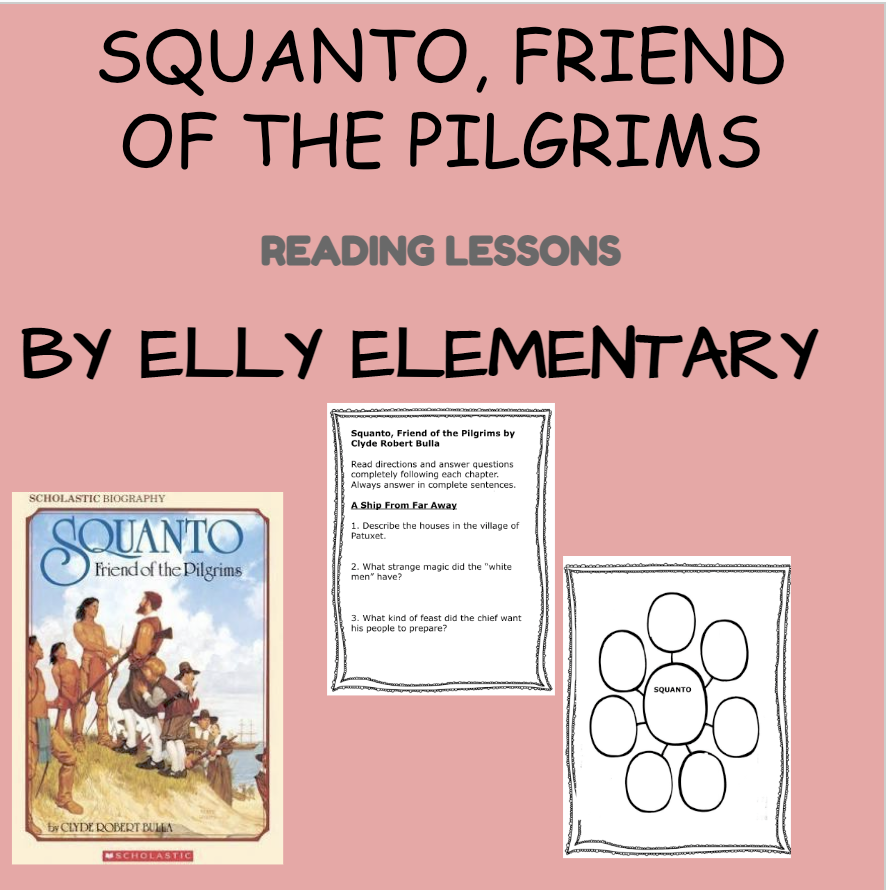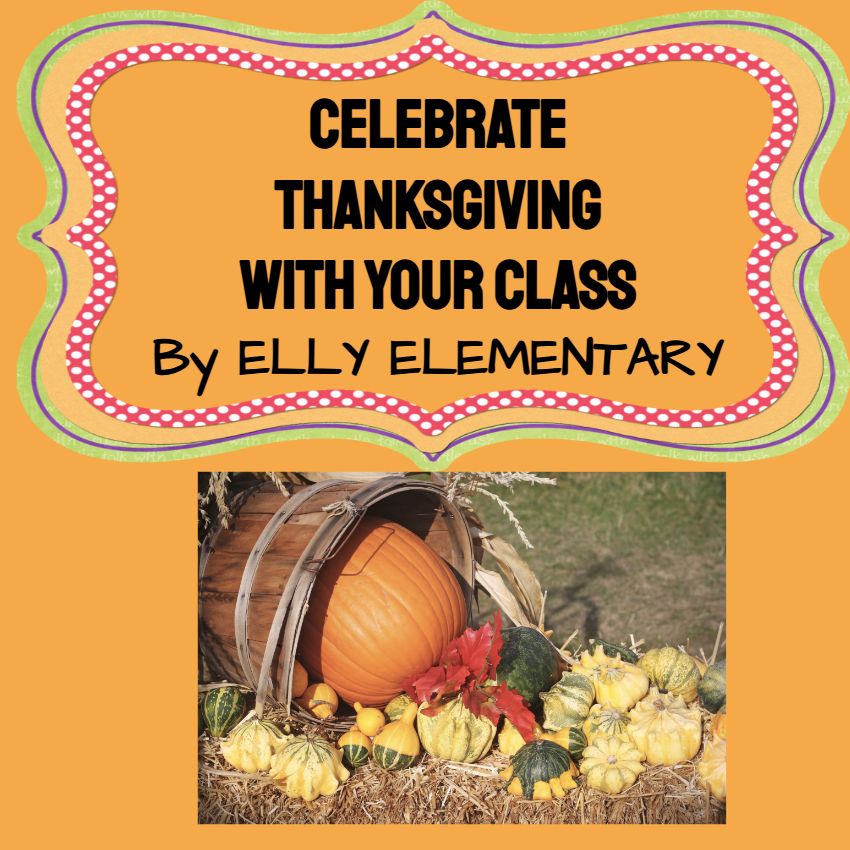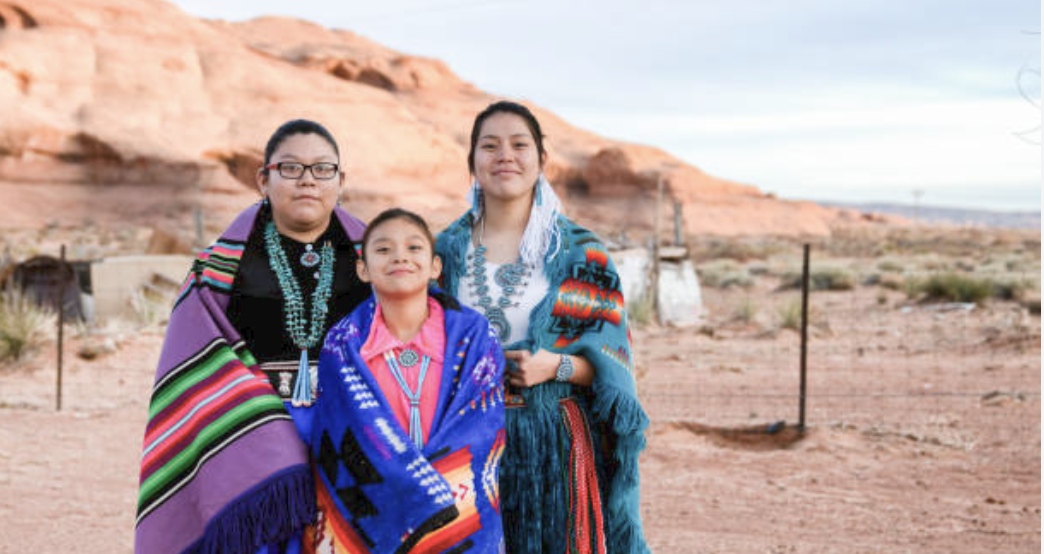American Indian Heritage Month, also known as Native American Heritage Month, was established to honor the rich cultures, traditions, and histories of Native Americans and to recognize their significant contributions to society. It's a time to celebrate the diversity within Native communities and to acknowledge the unique challenges they've faced, both historically and in contemporary society.
The month offers an opportunity for everyone to learn about the cultural heritage, resilience, and achievements of Native American people, which are often underrepresented in mainstream narratives. This observance helps build a deeper understanding and respect for Indigenous cultures, addresses stereotypes, and highlights Native voices.

Celebrating and learning about American Indian Heritage Month can be a wonderful way to honor the diverse cultures, histories, and contributions of Native American communities. Here are some ideas:
- Storytelling and Literature: Share books and stories by Native American authors. For children, consider read-alouds like Fry Bread by Kevin Noble Maillard or We Are Water Protectors by Carole Lindstrom. For older students or adults, works by authors like Sherman Alexie or Joy Harjo provide deeper insights into Native life.
- Guest Speakers and Virtual Tours: Invite Native speakers, artists, or storytellers to share their heritage, either in person or virtually. Many museums and Native cultural centers offer online tours and resources that explore Native history, art, and customs.
- Traditional Crafts: Explore Native crafts, like weaving, beadwork, or pottery. These activities can help kids and adults alike appreciate the skill, beauty, and cultural significance of these art forms.
- Learning the Languages: Many Native languages are still spoken today. Explore simple phrases or even greetings in local Native languages, or use online resources that offer lessons.
- Understanding Indigenous History: Discuss historical events and figures in Native American history that aren’t often covered in depth in history books, including cultural preservation efforts and contemporary Native rights issues.
- Nature and Land Acknowledgments: Many Native cultures have a deep connection to nature. Spend time outdoors learning about Indigenous stewardship of the land, and consider a land acknowledgment that recognizes the original Indigenous inhabitants of your area.
Here are some well-known Native American figures whose achievements and contributions we can celebrate during Native American Heritage Month:
- Sitting Bull (Hunkpapa Lakota): A renowned leader and warrior, Sitting Bull played a crucial role in resisting U.S. government policies that sought to displace his people. He famously led his warriors in the Battle of Little Bighorn, defending the Lakota way of life.
- Wilma Mankiller (Cherokee Nation): The first woman to be elected Principal Chief of the Cherokee Nation, Mankiller worked tirelessly to improve healthcare, education, and governance within the Cherokee community, becoming a strong voice for Indigenous rights.
- Maria Tallchief (Osage Nation): As America’s first prima ballerina and one of the world’s greatest dancers, Tallchief broke barriers in the ballet world and achieved international fame. She inspired generations of Native American artists in the performing arts.
- Joy Harjo (Muscogee Creek Nation): A celebrated poet, musician, and author, Harjo was the first Native American to be named U.S. Poet Laureate. Her works reflect Indigenous spirituality, history, and resilience.
- Jim Thorpe (Sac and Fox Nation): Known as one of the greatest athletes of all time, Thorpe excelled in multiple sports, including track and field, baseball, and football. He was the first Native American to win an Olympic gold medal for the U.S.
- Deb Haaland (Laguna Pueblo): The first Native American to serve as a U.S. cabinet secretary, Haaland currently serves as Secretary of the Interior, overseeing national policies that directly impact public lands, natural resources, and Native American communities.
- Geronimo (Apache): A respected leader and warrior of the Apache people, Geronimo resisted the forced relocation of his people and fought to preserve their freedom. His resistance is remembered as a powerful symbol of Native resilience.
- Buffy Sainte-Marie (Cree): A groundbreaking musician and activist, Sainte-Marie is known for her powerful music addressing Indigenous rights, peace, and social justice. She has been a long-time advocate for Native communities and civil rights.
- Susan La Flesche Picotte (Omaha Nation): The first Native American woman to earn a medical degree in the U.S., Picotte dedicated her life to improving health care for Native communities and served as a role model for future generations.
- N. Scott Momaday (Kiowa): A Pulitzer Prize-winning author, Momaday’s novels, poems, and essays often draw on Native history and culture, shedding light on the spiritual and natural connections within Indigenous communities.
These individuals, among many others, have made lasting contributions to society and exemplify the strength, creativity, and leadership found within Native American communities. And don't forget Pocahantas and Squanto, some children favorites.

Squanto, also known as Tisquantum, was a member of the Patuxet tribe who became famous for helping the Pilgrims survive in their first year in America. Kidnapped by English explorers and taken to Europe, he learned English before returning to his homeland, only to find his tribe had been decimated by disease. When the Pilgrims arrived in 1620, Squanto used his language skills and knowledge to teach them essential survival skills, like planting corn, fishing, and hunting local game. His guidance helped establish a friendly relationship between the Pilgrims and the Wampanoag tribe, leading to the historic first Thanksgiving.
The first Thanksgiving as commonly remembered—a meal shared by the Pilgrims and the Wampanoag in 1621—was a harvest celebration, but it wasn't necessarily viewed as a Thanksgiving in the way we think of today. For the Wampanoag, giving thanks was a regular part of their culture, with seasonal celebrations to honor the earth and its cycles of abundance. These gatherings often included feasting, dancing, and sharing with the community.

Many Native Americans today approach Thanksgiving with mixed feelings, as it can be a reminder of the difficult history that followed the Pilgrims' arrival, including loss of land and culture. Some Native communities observe it as a day of remembrance or a time for reflection on resilience and survival. For others, it is a day to celebrate Indigenous culture, giving thanks in ways that honor their heritage and the land.
Celebrating Thanksgiving with children in a way that honors Native American perspectives can be a meaningful and respectful experience. How do you teach your children about Native Americans during this special month of celebrations?
Check out my store, Elly Elementary, for all your K-5th grade curriculum needs.
Join me on Facebook and Instagram. Let me know if you are looking for anything in particular. (Email: ellyelementary@gmail.com)



Comments ()